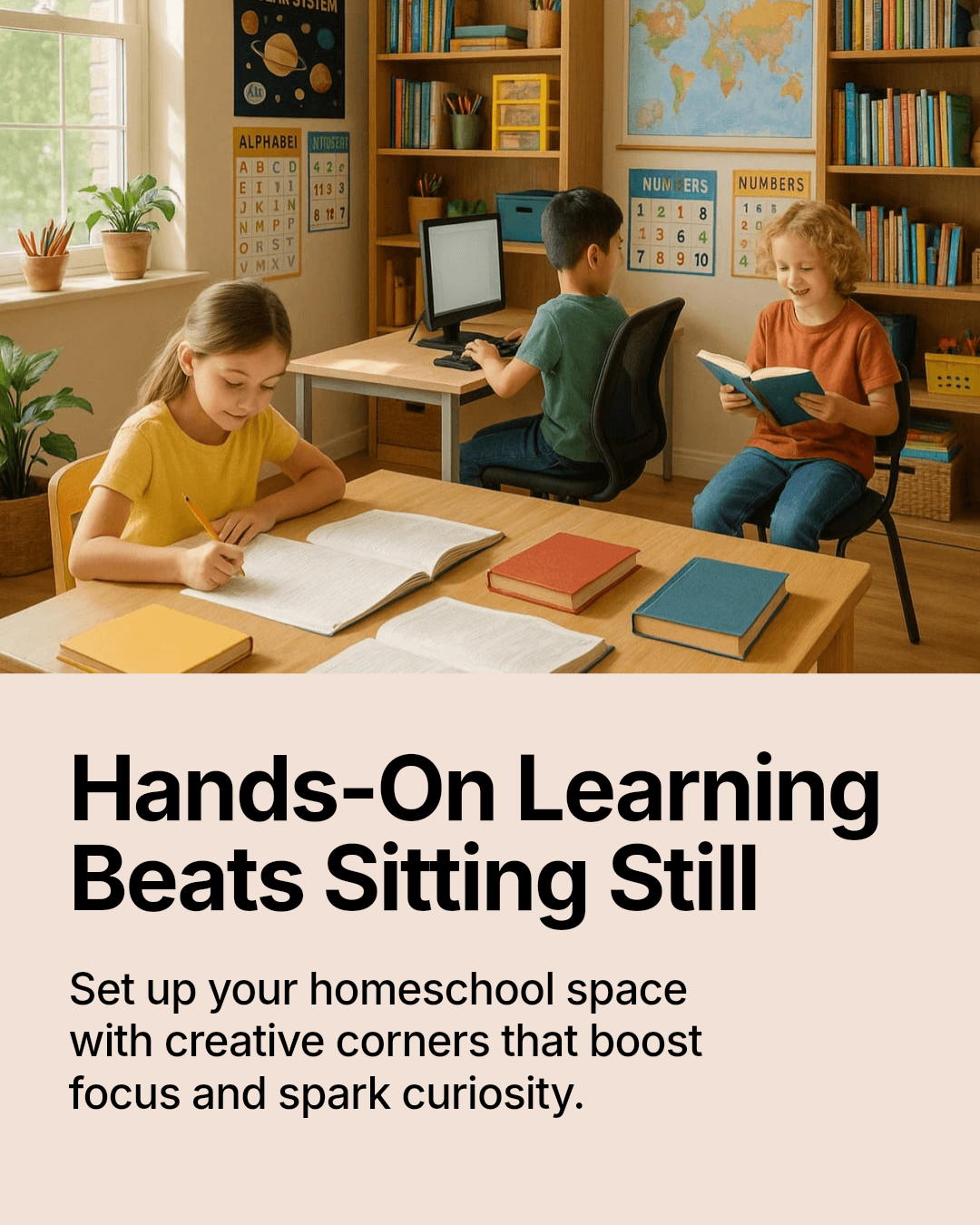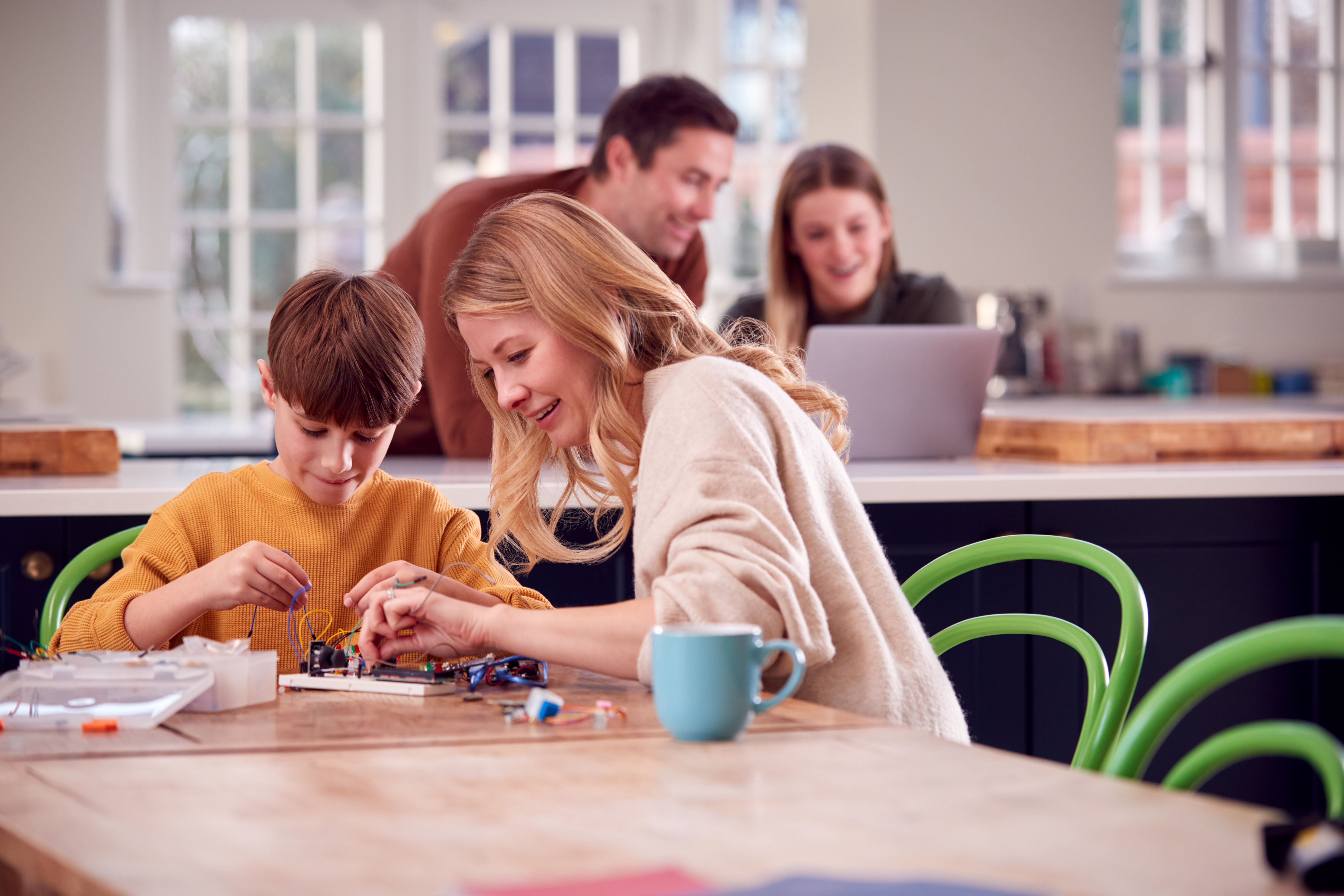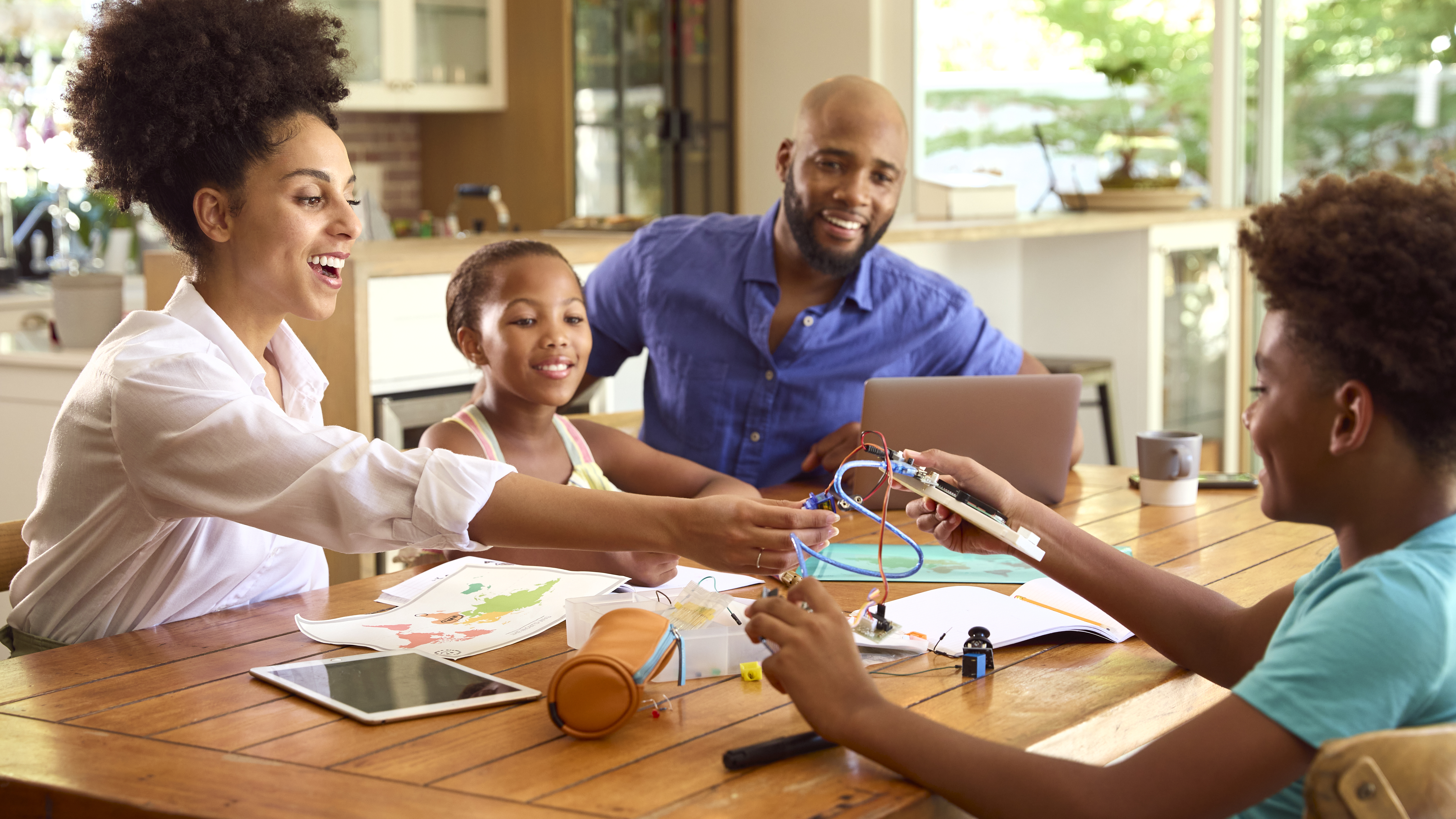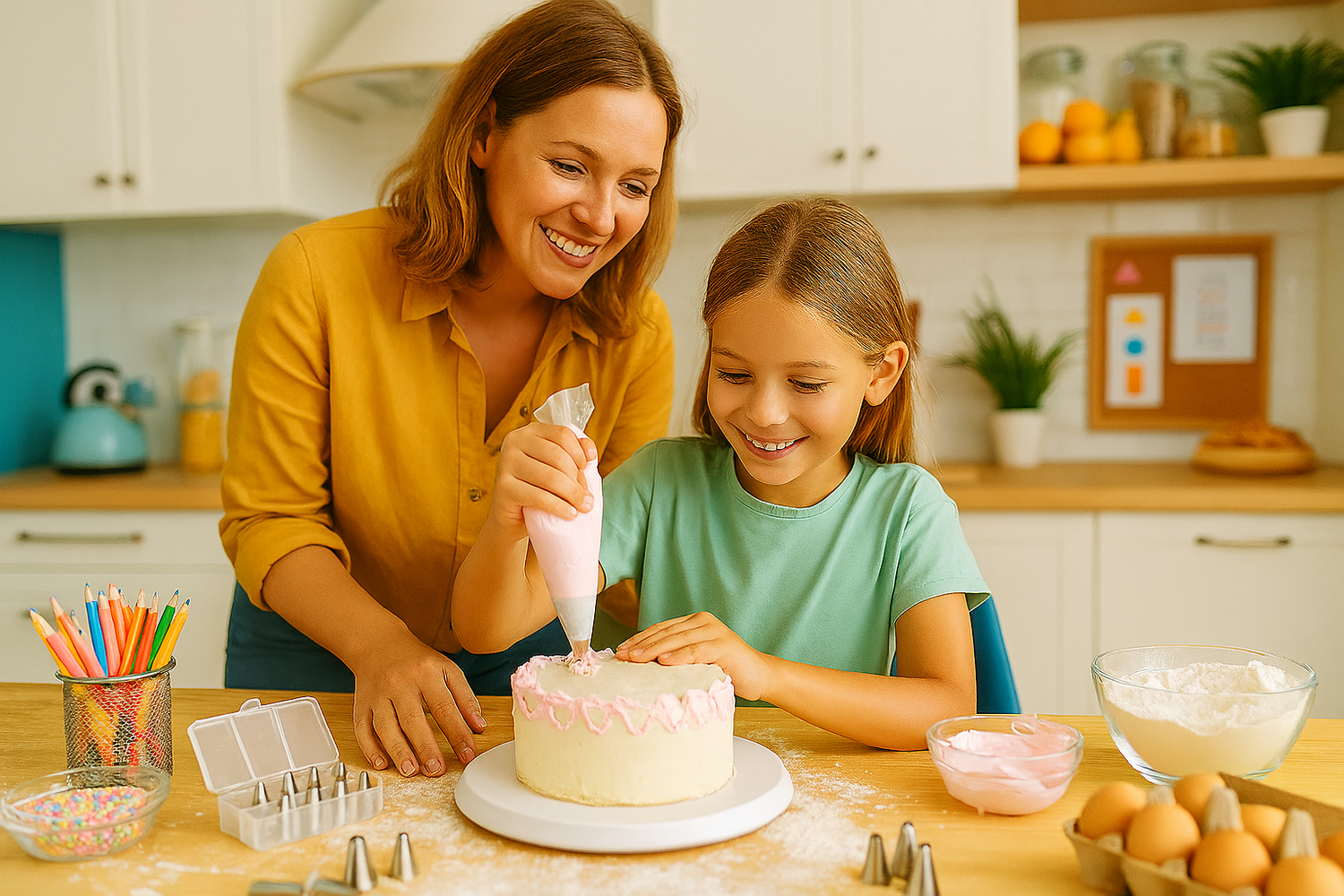
Unleashing Potential: The Power of Hands-On Education at Home
Hands-on education at home isn’t just another teaching method—it’s the spark that turns curiosity into real understanding. If your homeschooling routine feels stuck in textbooks and worksheets, adding experiential learning can bring lessons to life. From STEM kits to creative projects, simple educational tools can make a big difference in how your child engages and grows. Let’s explore how practical, hands-on activities can reshape your homeschooling days for the better.
Benefits of Hands-On Learning

Incorporating hands-on learning into your homeschooling routine can be a game-changer. It transforms static lessons into dynamic experiences, igniting your child's natural curiosity and fostering real-world skills.
Boosting Curiosity and Engagement
Hands-on activities captivate young minds. When kids get involved, they don't just learn—they explore. Imagine your child conducting a simple science experiment. The moment they see the results firsthand, their understanding deepens. This direct interaction fuels a desire to discover more.
By using tangible materials, learning becomes exciting. Children who engage with educational tools often show increased focus and enthusiasm. A study found that 85% of students felt more interested in subjects after hands-on activities. This approach makes education lively and memorable.
Building Practical Skills
Practical tasks teach skills that textbooks can't. When children build a model or cook a recipe, they learn to plan, execute, and adapt. These activities nurture valuable life skills. For example, assembling a simple machine with a STEM kit can teach problem-solving and critical thinking.
These experiences mimic real-world challenges. Kids learn to think on their feet, improving their adaptability. Practical skills gained from hands-on learning build confidence. They prepare children for future challenges, equipping them with tools for success.
Enhancing Problem-Solving Abilities
Solving puzzles and tackling projects boosts problem-solving skills. By engaging with materials directly, children learn to approach challenges methodically. Consider a child piecing together a jigsaw puzzle. Each piece they fit strengthens their ability to think critically.
Hands-on tasks require trial and error. This process teaches resilience and persistence. Children learn that mistakes are part of learning, not setbacks. Encouraging this mindset helps them tackle future issues with confidence and creativity.
Implementing Experiential Learning at Home
Making experiential learning a part of your home education is easier than you think. With the right tools and a bit of creativity, you can turn everyday lessons into exciting adventures.
Choosing the Right Educational Tools
The key to experiential learning is the right resources. Not all tools fit every child, so consider your child's interests. Are they fascinated by nature? A gardening kit might be perfect. Do they love creating? Arts and crafts supplies would be ideal.
Quality matters too. Look for products that offer durability and versatility. 70% of parents report better engagement when tools are high quality. Explore kits that grow with your child, offering new challenges as they advance. This ensures lasting interest and continual learning.
Incorporating STEM Kits and Projects
STEM kits are fantastic for sparking interest in science and technology. They provide hands-on experience that textbooks can't match. From building bridges to coding robots, these projects offer real-world applications.
Start with simple kits and gradually increase complexity. This step-by-step approach builds confidence. Encourage your child to experiment and explore different outcomes. This freedom fosters innovation and critical thinking, essential skills in any field.
Creative Arts and Crafts Ideas
Artistic projects encourage creativity and self-expression. Simple crafts can transform into educational opportunities. For instance, making a pinwheel teaches about wind energy. These activities are not just fun; they integrate learning seamlessly.
Provide diverse materials like paints, fabrics, and recycled items. Let your child's imagination guide them. This freedom allows personal growth and a deeper connection to the material. Art projects also promote fine motor skills and concentration, essential for academic success.
Practical Tips for Homeschooling Success

To truly benefit from hands-on learning, creating the right environment is crucial. These strategies will help you build a balanced and effective homeschooling routine.
Structuring Hands-On Activities
Effective planning makes all the difference. Begin by setting clear goals for each activity. What should your child learn or achieve? Keep sessions short and focused to maintain interest.
Incorporate a mix of guided and independent projects. This balance encourages self-sufficiency while providing necessary support. Remember, flexibility is key. Be open to adjusting plans based on your child's interest and pace. This adaptability ensures a positive learning experience.
Balancing Screen Time and Hands-On Time
In today's digital world, balancing screen time is essential. While educational apps are useful, they can't replace hands-on experiences. Set specific times for digital learning and physical activities.
Encourage breaks from screens with engaging alternatives. Outdoor activities or crafting sessions offer refreshing changes. This balance prevents burnout and maintains enthusiasm. By limiting screen time, you promote healthier habits and better focus.
Creating a Learning-Friendly Environment
A conducive learning space enhances focus and productivity. Designate a specific area for hands-on activities. Ensure it's organized and equipped with necessary materials.
Personalize the space with your child's creations and achievements. This personalization fosters pride and ownership. Keep distractions minimal, allowing your child to concentrate fully. A well-prepared environment sets the stage for educational success.
By integrating hands-on education into your homeschooling, you're not just teaching—you're inspiring. These methods ignite curiosity, build skills, and prepare children for the future. Embrace this approach, and watch your child's love for learning flourish.

